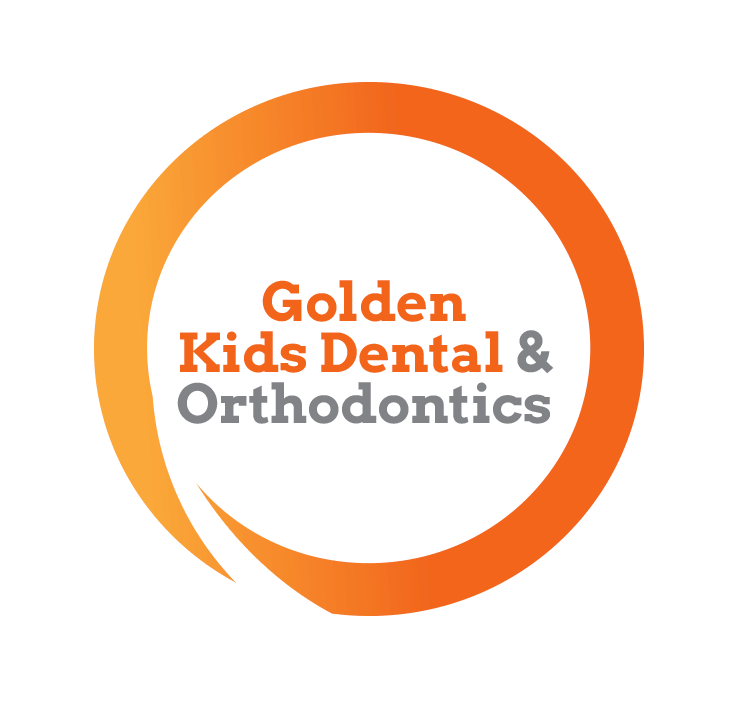Why two phases of orthodontic treatment?
 Some orthodontic conditions are best treated at an earlier age and when it is considered to greatly benefit the patient. Phase I is treatment that is done between ages 6 and 10 years old, during mixed dentition (baby and adult teeth). Phase I consists of expansion, partial braces, or the combination of both. Treatment time is usually between 8 to 12 months. Retainers are worn after until the eruption of remaining permanent teeth.
Some orthodontic conditions are best treated at an earlier age and when it is considered to greatly benefit the patient. Phase I is treatment that is done between ages 6 and 10 years old, during mixed dentition (baby and adult teeth). Phase I consists of expansion, partial braces, or the combination of both. Treatment time is usually between 8 to 12 months. Retainers are worn after until the eruption of remaining permanent teeth.
Reasons for Phase I treatment:
- Moderate to severe crowding
- Excess overbite
- Cross bite
- Severe Deep bite
- Teeth not erupting in correct sequence
- Bite that is causing wear/damage to existing permanent teeth
- Narrow upper jaw
- severely protruding front teeth
Potential benefits of Phase I:
- Alleviate future and possibly more invasive dental correction
- The ability to take advantage of and to guide the growth of the jaw
- Lowering risk of damage to protruding front teeth
- The ability to correct any habits that may be causing dental developmental problems, such as thumb sucking
- Create space for future permanent teeth
- Prevent damage to teeth that are improperly aligned
Phase II will be ready to happen when all the permanent teeth are present. Full braces or Invisalign is worn and treatment time is usually between 18 to 24 months long. During phase II, the goal is to maximize function and appearance. Due to corrections made in phase I, phase II means less time in full braces.
Phase II:
- Move permanent teeth into their final position, creating an ideal bite.
- Improving teeth function and facial appearance
- Increase patient's self esteem
- Ideally position the teeth so they are easier to keep clean. This may help against tooth decay and gum disease.
Our doctors are conservative and will only recommend two phases of treatment if it benefits the patient. Orthodontics and a child's growth are meant to complement each other. By timing treatment to stages of dental development, your orthodontist can take advantage of your child's growth and development. Problems that can be treated in a growing child may alleviate more drastic and invasive procedures later.
